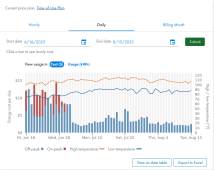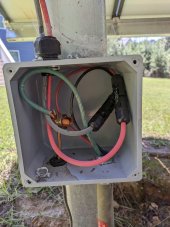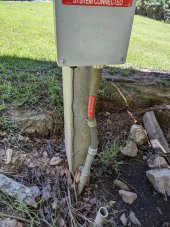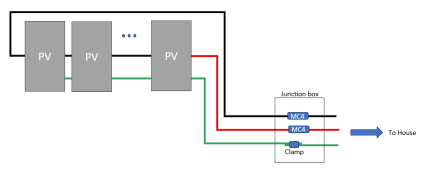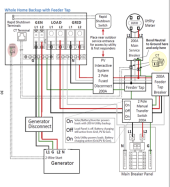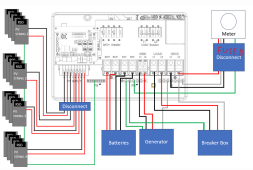chrisski
Solar Boondocker
- Joined
- Aug 14, 2020
- Messages
- 5,326
As a resident of the Phoenix Valley, I wonder how you plan on coping with the permit process? I installed a good sized system on my RV, but I am totally overwhelmed by the permitting system for the house. I could do all the installation but have no idea where to start with the permit.My thought I'm trying to work towards is to have the system use solar panels to power the house + charge enough battery capacity to power the house during the night which has much lower usage. Do you feel that would be a fools errand?
Installing yourself will save you a lot of money.
As a resident of Phoenix Arizona, a lot of the suggestions being made will not save money, at least in the next 15 years, and often times the estimates are a little optimistic and don't take into account equipment breaking. That $600 a month bill is just two or three months for me an annual electric bill of $2200 is a big distractor to have solar installed at $15k per 5 kw of panels.
If you understand that and saving money is not your goal, then no its not a fools errand. I am in the process of getting a 10 kWh battery pack and a 10 kW solar array installed with an 8 kw Inverter, and rationally for the Phoenix area, that amount of money makes no sense for the payback period, especially with the record of years of uninterrupted power we have experienced.



